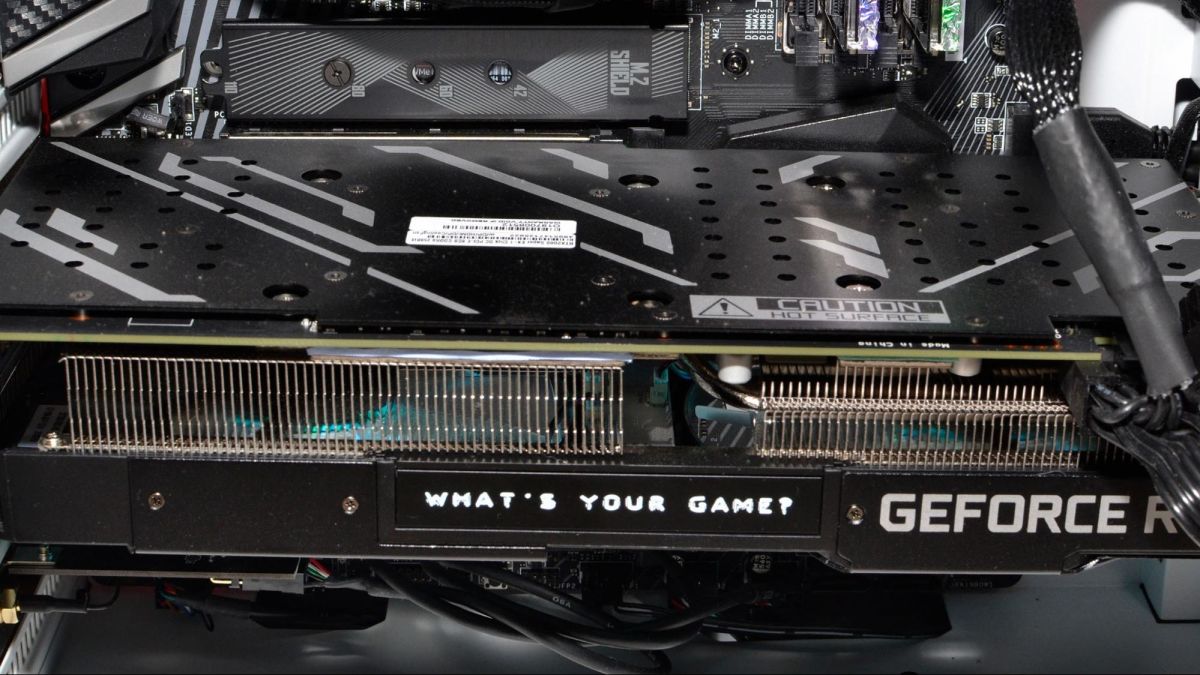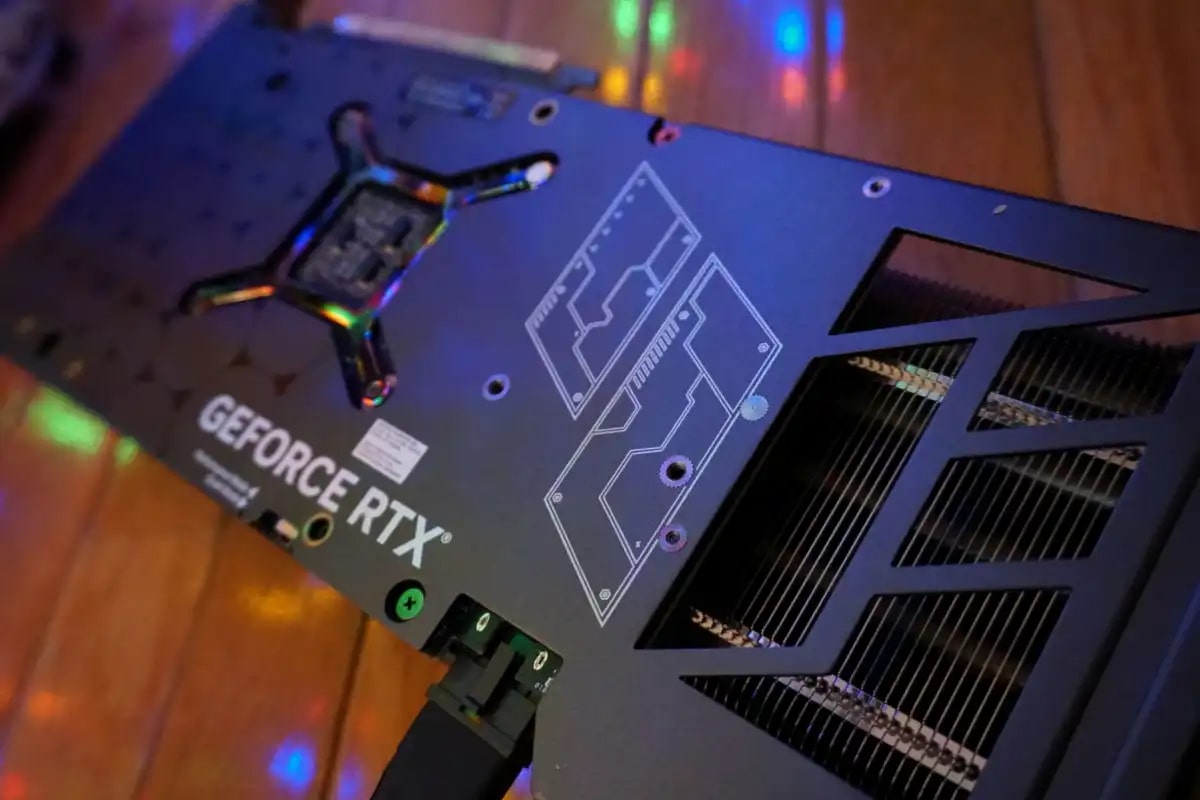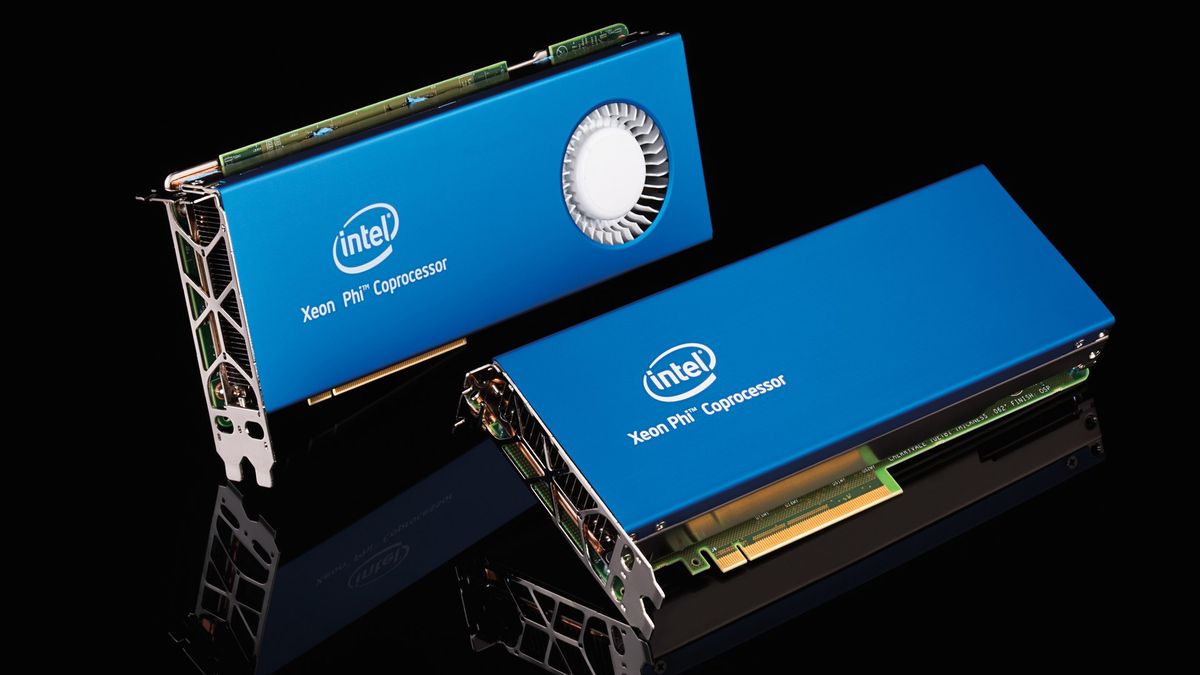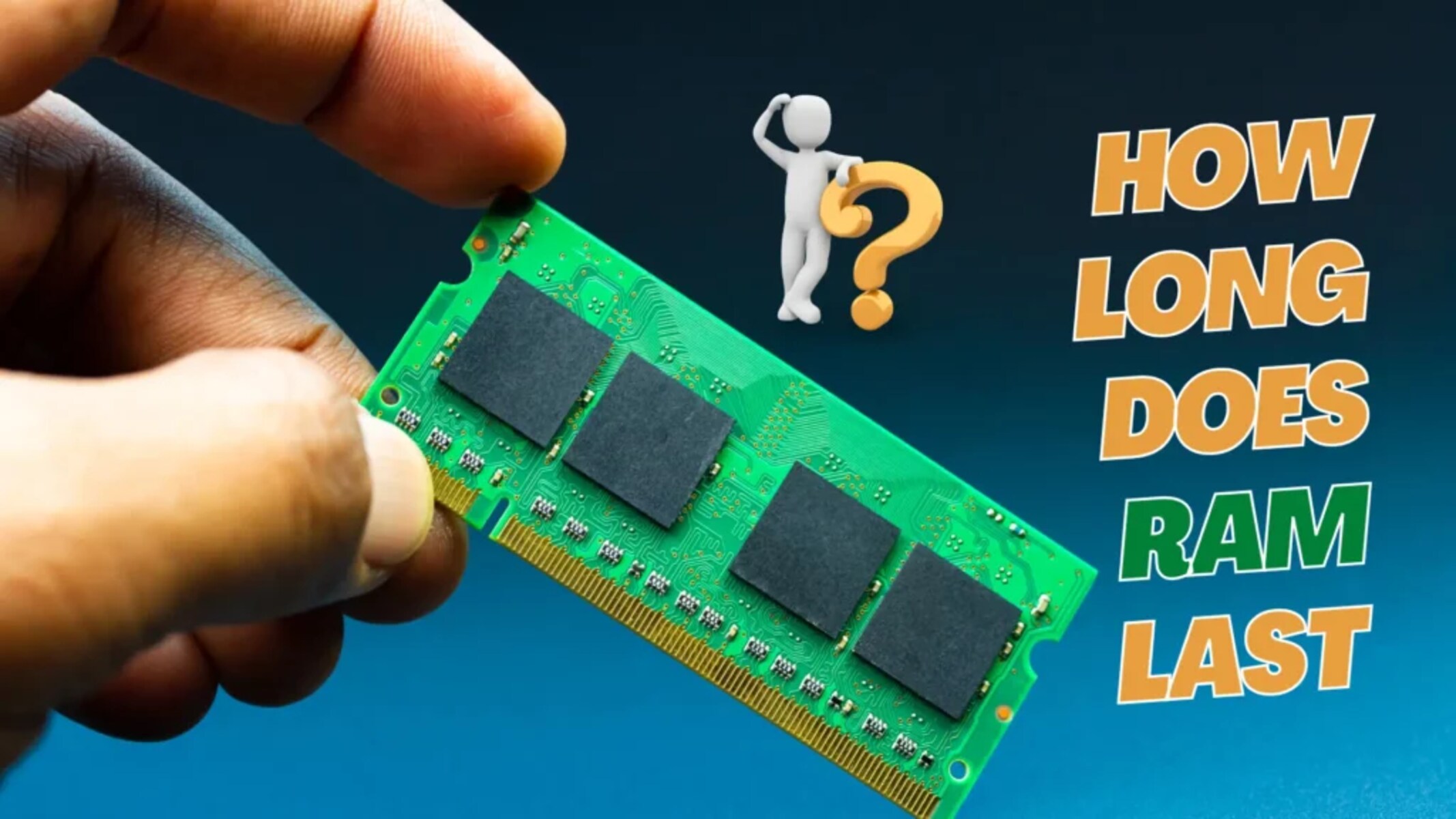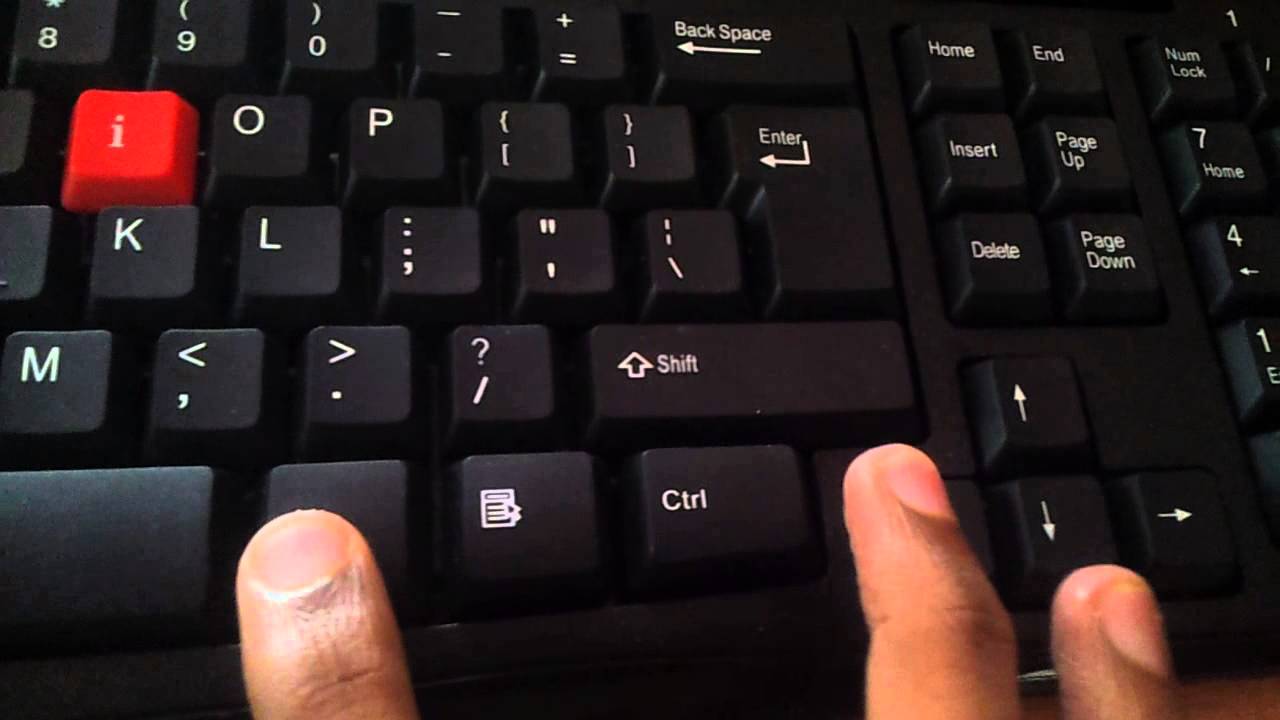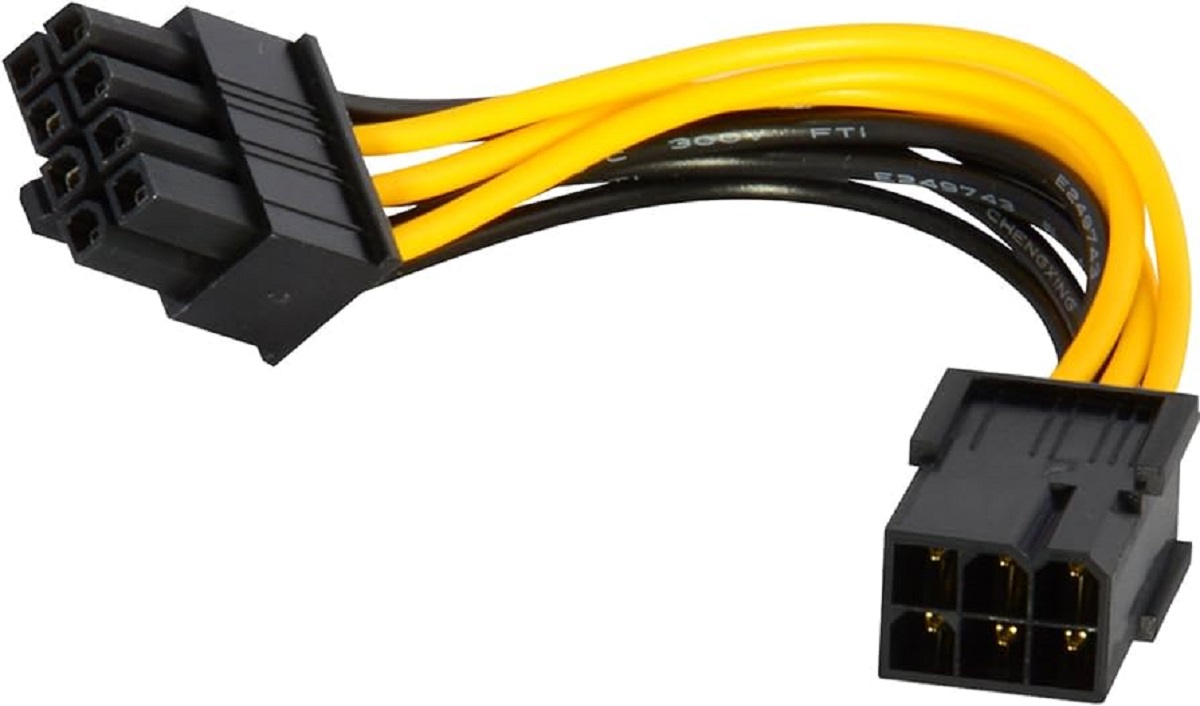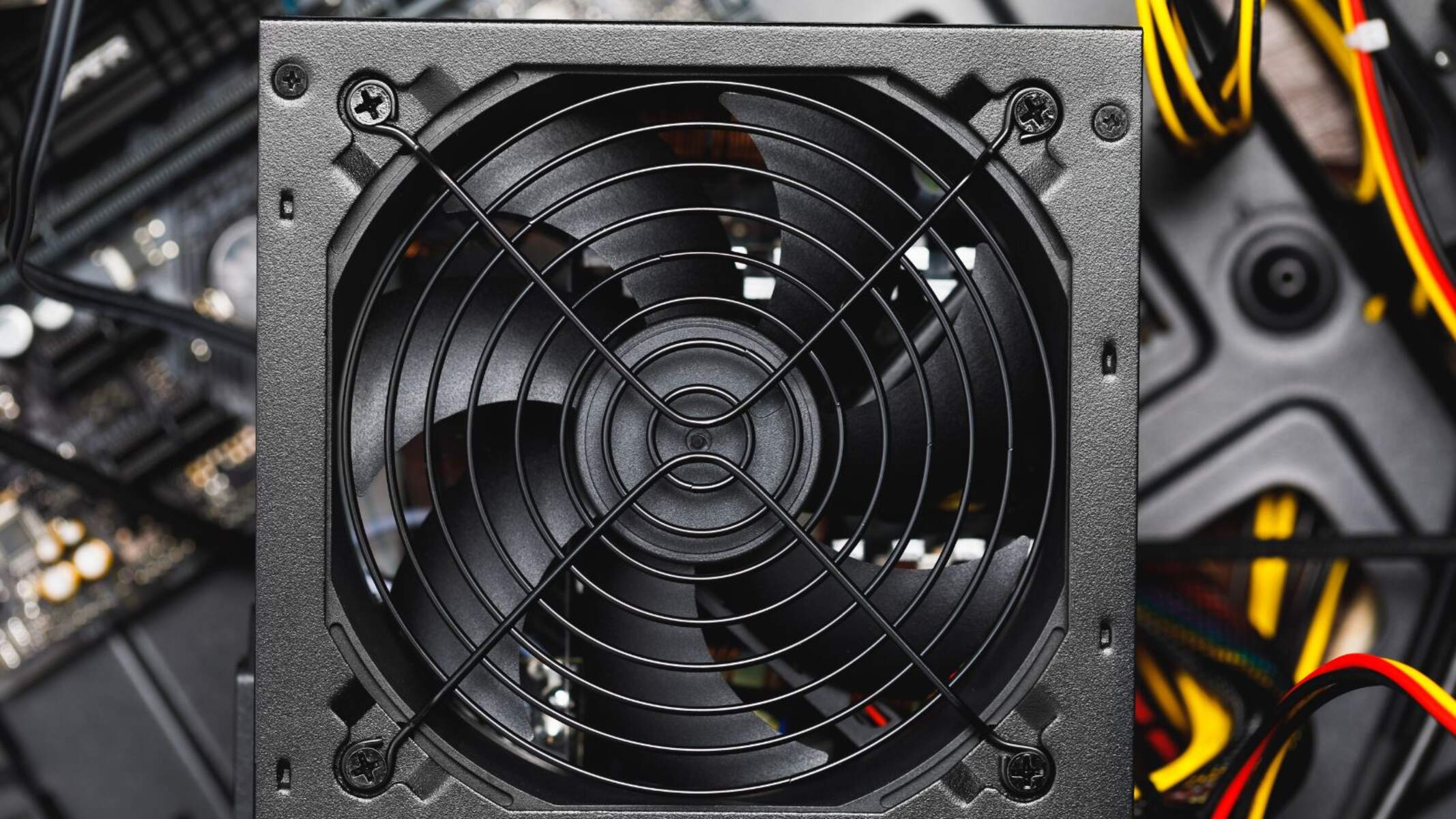Introduction
When it comes to upgrading your computer’s graphics capabilities, one of the key factors to consider is compatibility. Not all graphics cards are compatible with every computer, so it’s important to do your research before making a purchase. The last thing you want is to spend your hard-earned money on a new graphics card, only to find out that it’s not compatible with your computer.
In this article, we will guide you through the process of determining if a graphics card is compatible with your computer. We’ll explain the various factors to consider, from motherboard compatibility to power supply requirements, and everything in between. By following the steps outlined in this article, you’ll be able to make an informed decision and avoid any compatibility issues.
Before we dive into the technical aspects, it’s important to note that upgrading your graphics card can significantly enhance your computer’s performance, especially when it comes to gaming, video editing, and graphic-intensive tasks. A powerful graphics card can handle complex visual calculations and render high-quality images and videos seamlessly.
However, a graphics card upgrade is not a one-size-fits-all solution. Each computer has its own limitations, determined by factors such as the motherboard, power supply, physical space, and compatibility with other components. Understanding these factors will not only ensure compatibility but also help you make an informed decision that suits your specific needs.
So, let’s take a closer look at the different aspects you need to consider when determining if a graphics card is compatible with your computer. By the end of this article, you’ll have the knowledge and confidence to choose the right graphics card for your system and unleash its full potential.
Checking the Motherboard Compatibility
The first step in determining if a graphics card is compatible with your computer is to check the compatibility with your motherboard. The motherboard is the main circuit board that connects various components of your computer, including the processor, memory, and expansion cards.
To check the compatibility, you need to identify the expansion slots available on your motherboard. Most graphics cards require a PCIe (Peripheral Component Interconnect Express) slot for installation. The PCIe slot provides a high-speed connection between the graphics card and the motherboard, ensuring efficient data transfer.
To find out if your motherboard has a PCIe slot, you can refer to the documentation that came with your computer or motherboard. Alternatively, you can also open up your computer case and visually inspect the motherboard for the presence of PCIe slots. These slots are usually longer than other expansion slots, such as PCI or AGP slots, and may be labeled as PCIe x16 or PCIe 3.0 x16, indicating the version and speed of the slot.
Once you have confirmed the presence of a PCIe slot, you need to determine the version of the slot. Graphics cards are backward compatible, meaning a newer version of the graphics card can be installed in an older version of the PCIe slot. However, for optimal performance, it’s recommended to match the version of the graphics card with the version of the PCIe slot.
For example, if your motherboard has a PCIe 3.0 x16 slot, it’s ideal to choose a graphics card that supports PCIe 3.0 for maximum performance. However, if you have a PCIe 2.0 x16 slot, a PCIe 3.0 graphics card will still work but at the lower speed of the PCIe 2.0 slot.
It’s important to note that some older motherboards may not have a PCIe slot at all, especially if they are prebuilt or come from an older generation. In such cases, upgrading the graphics card may not be possible or may require additional hardware modifications. It’s always advisable to consult your motherboard’s documentation or the manufacturer’s website to verify the compatibility and limitations.
By ensuring compatibility with your motherboard’s PCIe slot, you can be confident that the graphics card you choose will be physically compatible with your computer. However, there are still other factors to consider, such as power supply requirements, space and cooling, and compatibility with other components, which we will discuss in the next sections.
Understanding the PCIe Slot
The PCIe (Peripheral Component Interconnect Express) slot is a crucial component when it comes to determining the compatibility of a graphics card with your computer. It plays a vital role in connecting the graphics card to the motherboard and facilitating high-speed data transfer between them.
The PCIe slot comes in different versions, such as PCIe 1.0, PCIe 2.0, PCIe 3.0, and the latest PCIe 4.0. Each version offers increased bandwidth and improved performance compared to its predecessor. The PCIe slot is typically labeled as PCIe x1, PCIe x4, or PCIe x16, indicating the number of lanes available for data transfer. The more lanes a slot has, the higher the bandwidth and performance it can support.
When choosing a graphics card, it’s important to ensure compatibility with your motherboard’s PCIe slot. Most modern graphics cards use PCIe x16 slots for optimal performance. However, they are backward compatible, meaning you can install a PCIe x16 graphics card into a PCIe x8 or PCIe x4 slot, although the performance might be slightly affected. It’s worth noting that using a PCIe x1 slot for a graphics card is not recommended, as it will severely limit the performance.
Another aspect to consider is the version of the PCIe slot. Graphics cards are designed to be compatible with multiple PCIe versions, ensuring backward compatibility. For instance, a PCIe 3.0 graphics card can be used in a PCIe 2.0 slot, although the performance will be limited to the maximum capabilities of the PCIe 2.0 interface.
To determine the version of your motherboard’s PCIe slot, you can check the motherboard documentation or the specifications provided by the manufacturer. Additionally, you can use system diagnostic tools or consult professional technicians for assistance.
It’s important to note that the performance difference between different PCIe versions may not be noticeable for everyday tasks or mainstream gaming. However, if you’re planning to use the graphics card for intensive gaming or tasks that require high-bandwidth data transfer, it’s recommended to match the PCIe version of the graphics card with the version of your motherboard’s PCIe slot for optimal performance.
Understanding the PCIe slot and its compatibility with the graphics card is essential to ensure a smooth installation process and optimal performance. However, there are still other factors to consider, such as power supply requirements, space and cooling, and compatibility with other components, which we will discuss in the following sections.
Power Supply Requirements
When considering the compatibility of a graphics card with your computer, it’s crucial to assess the power supply requirements. Graphics cards require a significant amount of power to operate effectively, and your power supply unit (PSU) must be capable of supplying enough power to meet the demands of the graphics card.
To determine if your power supply is compatible with a particular graphics card, you need to consider two main factors: the wattage of your PSU and the graphics card’s power requirements. The wattage of a PSU refers to its maximum power output, and it is usually stated on a label on the PSU itself.
To find out the power requirements of a graphics card, you can refer to the manufacturer’s specifications or product description. The power requirement is typically stated in terms of wattage, such as “recommended PSU wattage” or “minimum power supply requirement.”
Ideally, your PSU wattage should exceed the power requirements of the graphics card to ensure stable and reliable performance. It’s recommended to have a power supply that is capable of delivering at least 10-20% more power than the graphics card’s stated requirement to allow for future upgrades or power spikes during intensive tasks.
Aside from the wattage, you should also consider the number and type of power connectors required by the graphics card. Most modern graphics cards require a combination of one or two PCIe power connectors, either 6-pin or 8-pin connectors. These connectors deliver additional power directly to the graphics card to support its operation. Ensure that your PSU has the necessary power connectors available to connect to the graphics card.
In some cases, high-end and enthusiast-grade graphics cards may require multiple power connectors, including both 6-pin and 8-pin connectors. Make sure to check the graphics card’s specifications and confirm that your PSU has the required number and type of power connectors.
If your current PSU does not meet the power requirements of the desired graphics card, you may need to upgrade your power supply. Installing a more powerful PSU will not only ensure compatibility but also protect your computer from potential power-related issues, such as instability, crashes, or system shutdowns.
It’s worth noting that some high-end graphics cards may also require additional power through a separate PCIe power cable directly from the PSU. Ensure that your PSU has these additional cables available if necessary.
Considering the power supply requirements is vital in determining whether a graphics card is compatible with your computer. Once you confirm that your power supply meets or exceeds the graphics card’s requirements, you can move forward with the installation process, ensuring reliable and efficient performance.
Considering Space and Cooling
When evaluating the compatibility of a graphics card with your computer, you need to take into account the physical space available in your computer case and the cooling capabilities to ensure proper operation and prevent overheating.
Graphics cards come in various sizes and designs, ranging from compact single-fan models to larger dual or triple-fan options. Before purchasing a graphics card, measure the available space inside your computer case to ensure that the card will fit without any restrictions or interference with other components, such as the CPU cooler or RAM modules.
Refer to the specifications of the graphics card to determine its length and height dimensions. Most graphics card manufacturers provide this information on their websites or in the product documentation. Compare these dimensions with the available space in your computer case, paying attention to any potential obstructions or components that may impede the installation.
Additionally, consider the thickness of the graphics card, especially if you have a small form-factor case. Some larger graphics cards may have triple-slot designs, meaning they occupy three expansion slots horizontally. Ensure that your case has enough clearance to accommodate the width of the graphics card without any issues.
Cooling is another critical aspect when it comes to graphics card compatibility. Graphics cards generate a significant amount of heat during operation, especially during intensive tasks like gaming or rendering. It’s important to have adequate cooling in your computer case to dissipate this heat and maintain stable temperatures.
Check the cooling capability of your case, including the number and size of installed case fans. Ensure that there is proper airflow to the graphics card area, allowing hot air to escape and cool air to be drawn in. If your case doesn’t have sufficient cooling, consider upgrading the case fans or installing additional ones. Alternatively, you can also opt for a graphics card design with advanced cooling solutions, such as multiple fans or custom cooling designs.
Furthermore, some high-end graphics cards may require additional power connectors for their cooling systems. Ensure that your power supply unit has the necessary connectors to power these cooling mechanisms.
Overheating can lead to performance throttling, system instability, and potentially even damage to the graphics card. By considering the available space in your computer case and ensuring proper cooling, you can ensure that the graphics card operates optimally and maintains healthier temperatures during demanding tasks.
Taking into account the available space in your computer case and the cooling capabilities is crucial in determining the compatibility of a graphics card with your system. By performing these checks and adjustments if needed, you can have a smooth installation process while keeping your components cool and your system running at its best.
Compatibility with CPU and RAM
When assessing the compatibility of a graphics card with your computer, it’s essential to consider its compatibility with your CPU (Central Processing Unit) and RAM (Random Access Memory). Ensuring that these components work together seamlessly is crucial for optimal performance and system stability.
The first aspect to consider is the CPU’s capabilities, especially if you’re planning to use the graphics card for gaming or other CPU-intensive tasks. It’s important to have a CPU that can keep up with the graphics card’s performance to avoid any potential bottlenecking.
Check the minimum system requirements specified by the manufacturer of the graphics card to verify the CPU compatibility. Ensure that your CPU meets or exceeds these requirements. It’s also recommended to have a CPU that is from a recent generation to ensure optimal compatibility and performance.
Another factor to consider is the compatibility of the graphics card with your RAM. This includes the type, speed, and capacity of your RAM modules. Graphics-intensive tasks can benefit from having sufficient RAM to handle the workload efficiently.
Refer to the graphics card’s specifications and documentation to determine the recommended or minimum RAM requirements. Check the type of RAM supported by the graphics card and ensure that your system has compatible modules installed. Additionally, consider the speed and capacity requirements specified by the graphics card manufacturer.
Furthermore, it’s essential to ensure that your motherboard supports the CPU and RAM compatibility with the graphics card. Some CPUs and RAM modules may have specific requirements or limitations that are dictated by the motherboard’s chipset and socket type.
Consult the motherboard’s documentation or visit the manufacturer’s website to verify the compatibility of your CPU and RAM with the graphics card. Additionally, check for any compatibility issues or limitations mentioned by the motherboard manufacturer.
By assessing the compatibility of the graphics card with your CPU and RAM, you can ensure smooth operation and optimal performance. Compatibility between these components is paramount to avoid any performance bottlenecks or stability issues. The synergy between the graphics card, CPU, and RAM will contribute to an efficient and enjoyable computing experience.
Checking the Operating System Compatibility
In addition to the hardware compatibility discussed previously, it’s crucial to consider the compatibility of a graphics card with your operating system. Different graphics cards have specific driver requirements, and not all drivers are available for every operating system.
Before purchasing a graphics card, it’s important to ensure that the manufacturer provides driver support for your operating system. Check the graphics card manufacturer’s website or product documentation for a list of supported operating systems. Verify that your specific operating system is included in the list.
Keep in mind that even if the graphics card supports your operating system, there may be limitations in terms of driver availability or performance optimizations. For example, certain features or functionalities of the graphics card may not be fully supported on older operating systems.
It’s also worth noting that some operating systems, such as Linux distributions, may have limited driver support for certain graphics card models. If you’re using a less common or specialized operating system, ensure that there are compatible drivers available before proceeding with the purchase.
Additionally, consider the system requirements of the graphics card drivers. Ensure that your operating system meets the minimum requirements specified by the graphics card manufacturer. This includes factors like the version of the operating system, the availability of software updates, and compatibility with other system software components.
In some cases, a graphics card may be compatible with multiple operating systems, but the driver support or performance may vary. It’s always beneficial to research user experiences and forums to gather feedback from other users who have similar hardware and operating system configurations.
By verifying the compatibility of the graphics card with your operating system, you can avoid potential issues arising from incompatible drivers or unsupported features. Compatibility with the operating system ensures a smooth installation process and optimal performance for your graphics card.
In the next section, we will discuss the importance of researching graphics card specifications and how it contributes to determining compatibility with your computer.
Researching Graphics Card Specifications
To determine the compatibility of a graphics card with your computer, it’s crucial to thoroughly research and understand the specifications of the graphics card. By doing so, you can ensure that the graphics card meets your requirements and is compatible with your system.
The specifications of a graphics card provide vital information about its performance capabilities, power requirements, and physical dimensions. These specifications can be found on the graphics card manufacturer’s website, product documentation, or retail listings.
One of the key specifications to consider is the graphics card’s processing power, which is usually represented by the number and type of GPU (Graphics Processing Unit) cores or CUDA cores. Higher core counts generally indicate better performance and the ability to handle more demanding tasks.
Another important specification is the video memory, also known as VRAM. Video memory directly impacts the graphics card’s ability to handle high-resolution textures, render complex scenes, and run multiple displays simultaneously. Consider the amount of VRAM the graphics card offers, as well as its memory bandwidth and type (such as GDDR5 or GDDR6).
Pay attention to the graphics card’s interface and connectivity options. Most modern graphics cards utilize the PCIe (Peripheral Component Interconnect Express) interface, but ensure that the version and number of lanes are compatible with your motherboard, as discussed earlier. Additionally, consider the availability and number of display outputs, such as HDMI, DisplayPort, and DVI, to ensure they match your monitor’s input options.
Consider the clock speeds of the graphics card, which determine the operating frequency of the GPU and memory. Higher clock speeds typically result in better performance, but keep in mind that the actual performance may vary depending on other factors such as core architecture and cooling.
Thermal considerations are crucial as well. Research the graphics card’s thermal design power (TDP), which indicates the amount of heat it produces during operation. Ensure that your cooling system, including the case fans and CPU cooler, can handle the heat dissipation effectively to maintain stable temperatures and prevent thermal throttling.
Lastly, look for additional features that might be important to you, such as support for ray tracing, virtual reality (VR), or specific software optimizations. These features can enhance the overall gaming or multimedia experience.
By researching and understanding the graphics card specifications, you can make an informed decision regarding compatibility with your computer. Carefully consider the processing power, video memory, interface, connectivity, clock speeds, thermal requirements, and additional features to ensure the graphics card meets your needs and can be seamlessly integrated into your system.
Upgrading Your Computer to Accommodate the Graphics Card
In some cases, upgrading your computer may be necessary to properly accommodate a new graphics card. Upgrading certain components can help ensure compatibility, maximize performance, and prevent any potential bottlenecks. Here are a few key considerations when upgrading your computer:
Power Supply: If your current power supply unit (PSU) does not meet the power requirements of the new graphics card, upgrading to a higher-wattage PSU may be necessary. Ensure that the new PSU has the necessary power connectors for the graphics card and can handle the increased power demands.
Compatability with the Motherboard: Depending on the age of your computer, it may be necessary to upgrade the motherboard to support newer graphics cards. Check the motherboard’s compatibility with the desired graphics card and ensure that it has the necessary PCIe slots and support for the required CPU and RAM.
CPU and RAM: Upgrading the CPU and RAM can help prevent any potential bottlenecks and ensure that your system can fully utilize the capabilities of the graphics card. Check the compatibility of the new CPU and RAM modules with your motherboard and consider upgrading if necessary.
Storage: Consider upgrading to a Solid State Drive (SSD) if you’re still using a traditional hard drive. An SSD can greatly improve system responsiveness and reduce loading times for games and applications, complementing the performance capabilities of the new graphics card.
Cooling and Airflow: Upgrading your case fans or CPU cooler can help maintain optimal temperatures when under heavy load. Proper airflow and cooling are essential to prevent overheating and ensure the longevity of your components.
Operating System and Drivers: Ensure that your operating system is updated to the latest version and that it has the necessary drivers for the new graphics card. Update the drivers regularly to optimize performance and resolve any compatibility issues.
Before making any upgrades, thoroughly research compatibility and requirements specific to your computer model and the graphics card you wish to install. Consider seeking professional advice if needed, especially when upgrading key components like motherboard or CPU.
By upgrading your computer to accommodate the graphics card, you can ensure seamless compatibility and unleash the full potential of your new graphics card, resulting in improved performance and a better overall computing experience.
Conclusion
Determining the compatibility of a graphics card with your computer is crucial to ensure optimal performance and avoid compatibility issues. By following the steps outlined in this article, you can confidently choose a graphics card that will work seamlessly with your system.
Checking the motherboard compatibility, understanding the PCIe slot, and considering the power supply requirements are essential to ensure physical compatibility. Assessing the available space in your computer case and evaluating cooling capabilities help prevent restrictions and overheating.
Compatibility with your CPU and RAM ensures that your system can take full advantage of the graphics card’s capabilities without any performance bottlenecks. Additionally, checking the operating system compatibility and researching graphics card specifications are important for a smooth installation process and optimal functionality.
In some cases, upgrading your computer components, such as the power supply, motherboard, CPU, RAM, and cooling system, may be necessary to accommodate the new graphics card. Upgrading can enhance performance, prevent compatibility issues, and maximize the overall gaming or multimedia experience.
Remember to conduct thorough research, consult the graphics card manufacturer’s documentation, and consider seeking professional advice if needed. By doing so, you can ensure a proper fit, optimal performance, and compatibility with your computer system.
Upgrading your graphics card can breathe new life into your computer, enabling you to enjoy smooth gaming, high-quality video playback, and efficient graphic-intensive tasks. By assessing compatibility and making informed choices, you can make the most of your investment and enjoy a powerful and enjoyable computing experience.







